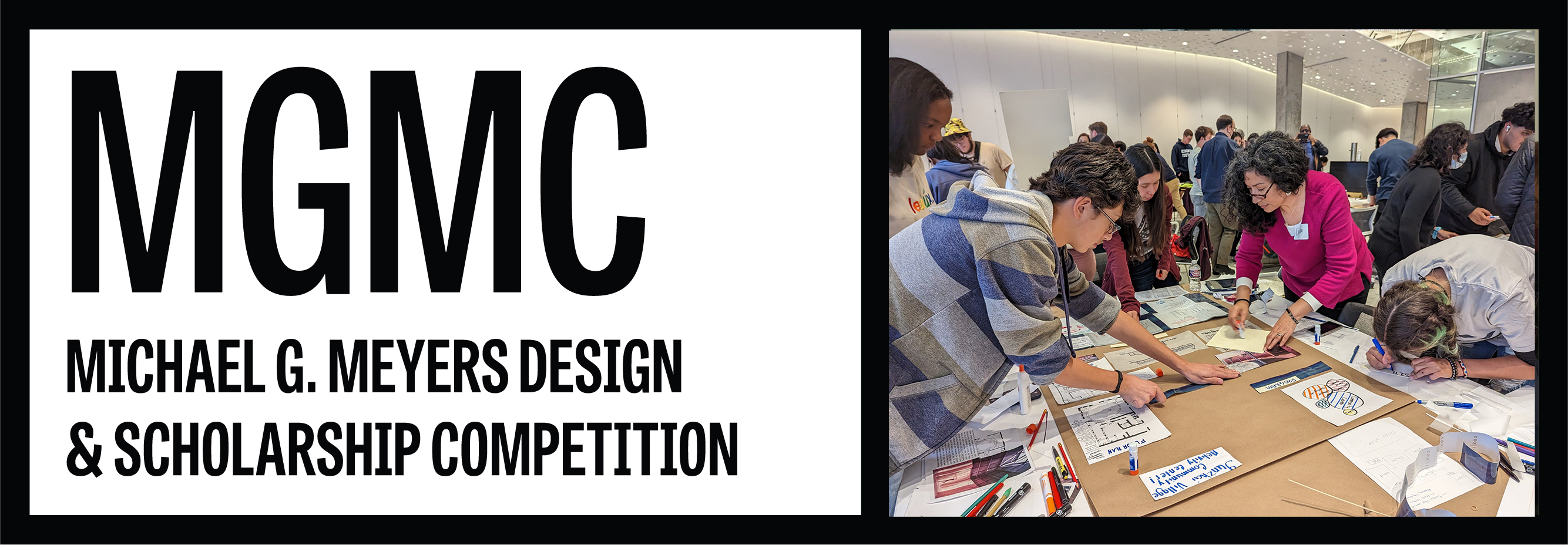
Michael G. Meyers Design Competition
For more information about MGMC please contact
Megan Kohler MeganK@kirksey.com
MGMC Platinum Sponsor
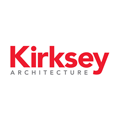
MGMC Silver Sponsor
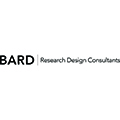
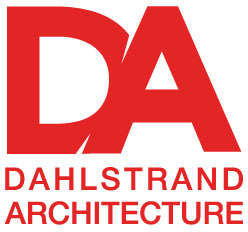
Clays for College Title Sponsor

Clays for College Gold Sponsorship
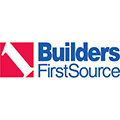

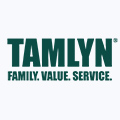
Golf Cart Sponsor
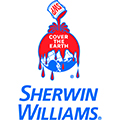
Clays for College Beverage Sponsor
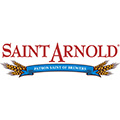

Clays for College Lunch Sponsor
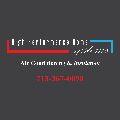
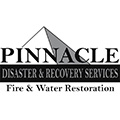
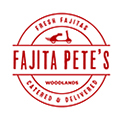
MGMC Past Competition Programs
2023 Program: MAGNOLIA PARK YOUTH CENTER – “ M.P.Y.C.”
The biggest exposure the youth have to the built environment is to school buildings, where they spend the bulk of their weekday, but where do they fill the rest of their schedule? Too often, young people may turn to unhealthy activities during this time. The Magnolia Park Youth Center is an attempt to address this issue, by providing the area’s youth with a spot that encourages positive recreational activities. Students were asked to incorporate elements that they would like to see in a community center catered to the youth.
2022 Program: WeMo Market
As population density increases in the Houston area, the risk of "food deserts" rises with it. This means that access to markets with fresh & healthy food options becomes limited. As such, a site located in a densely populated area presents an opportunity to combat the growth of food deserts while simultaneously fulfilling other business needs. Therefore, this year, the design solution for the MGMC is to create a new mixed use market and work Co-op called "WeMo Market".
This mixed use market will be located in the heart of the Montrose neighborhood, situated at the corner of Montrose Boulevard and Westheimer Road.
2021 Program: The Menil Park Community Living
As cities become ever more complex and the need for housing increases, we are challenged with providing ample access to the other facets of our daily life. It can be difficult to provide community spaces in urban neighborhoods. Therefore, as we continue to enter this new era of digital connection, it is important to evolve the ways in which we connect directly with our community. Many residents of cities forgo spacious yards and gardens for smaller units that offer a greater range of nearby community spaces. The increase in density and need for public amenities lends itself to a wide range of architectural explorations.
Students were asked to design a Mixed-Use Living Community in Houston, Tx. The building will have two main components: Housing Units and Community Spaces. Housing Units are typically private and for one family, while community spaces serve as amenities for the residents and public alike. Think about how these two elements balance each other out and blend into the fabric of the neighborhood. There is also an exterior site requirement to provide green space for the community.
This new Mixed-Use Living Community will be located in the heart of Houston’s Montrose Neighborhood, adjacent to the Menil campus.
2020 Program: The 2030 Challenge
The 2030 Challenge was set in 2006 asking the global architecture and building community to adopt several targets to reduce greenhouse gas emissions and be carbon neutral by 2030. The urban built environment is responsible for 75% of annual greenhouse gas emissions: buildings alone account for 39%. Through innovative sustainable design strategies and generating on-site renewable energy, the goal to be carbon neutral by 2030 can be met.
This year marks 10 years until the 2030 Challenge goal. To gain and share the sustainable knowledge, the MGMC is seeking to design a new education center that focuses on educating the public about sustainable efforts and practices. The programmatic elements of the education center will primarily be education spaces for the public as well as a permanent research component for employees.
This new education center will be located at the crux of Buffalo Bayou at the Second Ward as it transitions into East Downtown. The project location is at the corner of Nagle St and Freund St., with the bayou as the north edge and street to the east. Click here to view the 2020 competition program.
2019 Program: Emancipation 2020
Since ancient times, communities have gathered around public spaces where social activity happens. These community centers served as a place where people from the community can, meet for social, educational or recreational activities. With time, these spaces have evolved into what is now known as mixed-used developments. These centers are intended to not only be functional, but also bring life and movement while also providing a sense of place that attract visitors to the area.
This year, the design solution for the MGMC is to design a new mixed use/community center with the elements of your choice. The possible programmatic elements to be housed in your mixed-use are the following: supermarket, affordable housing, educational spaces, indoor-outdoor spaces, studios.
This new mixed-use/community center will be located in the heart of Houston’s Third Ward, in the block next to Emancipation Park. Situated at the corner of Emancipation Ave. and Elgin St., you should consider the role your new mixed-use will take on. It will be up to you to decide which path to take with your design strategies. Be sure to consider the context and surrounding landmarks in the area. Click here to view the 2019 competition program.
2018 Program: The Performance
Theaters have been a powerful site of entertainment and leisure since the open-air amphitheaters of ancient Greece. The relationships between spectator, actor, backstage and center stage have inspired some of the most famous architectural works: from the Globe in London to the Wyly Theatre in Dallas. Theaters are meant to be both functional and beautiful - to serve as the setting for a well-rehearsed performance and the destination for a visitor’s evening out.
This year, the design solution for the MGMC is to design a new theater for the performance of your choice. The possible performances to be housed in your theater are endless: your theater could host a Broadway performance of Wicked, a comedy show with Jim Gaffigan, an acrobatic Cirque du Soleil performance, a poetry slam with Saul Williams, an Adele concert, a dance performance of Argentine Tango. Whatever you choose to be featured in your theater, draw inspiration from it throughout your design process. Think about how your selected performance affects the shape of your theater and its design - is it a classic theatrical performance or a fast and invigorating dance show? Does it require a proscenium stage, an arena stage, or is it a flexible theater with no designated stage? Does it require special acoustics or does it use the sounds of the city?
This new theater will be located in the heart of downtown Houston’s Theater District, in the block currently occupied by Jones Plaza. Already situated between existing theaters, you should consider the role your new theater will take on. It will be up to you to decide which path to take with your design strategies. Be sure to consider the context and surrounding landmarks in the area. With the main street light rail stop a few blocks away, several parks nearby and numerous theaters surrounding the site, there are many considerations to take into account. Click here to view the 2018 competition program.
2017 Program: Re-Imagine Architecture Center Houston
Architecture centers throughout the nation serve as gathering places of ideas and design. They are meant to bring together collaboration between design professionals and the community. Centers for architecture are designed to be functional as well as sustainable, showcasing the best design principles architects use in their own practices.
This year the program for the Michael G. Meyers Competition is to design the new home for Architecture Center Houston (ArCH). The site is located at 902 Commerce in the heart of downtown Houston’s Main Street and Market Square Historic District. With much of the surrounding area rapidly developing, this section of Houston’s original downtown has still maintained its historic charm. It will be up to you to decide which path to take with your design strategies. Be sure to consider the context and surrounding landmarks in the area as well sustainable design strategies. With a light rail stop around the block on Main Street, the recently completed bayou trail and renovated Allen’s landing across the street, and foot traffic from the university and growing residential population, there are many neighborhood elements to take into account. Click here to see the 2017 competition program.
2016 Program: Animal House
This year, the design problem for the MGMC is to design a new adoption shelter for dogs and cats. Animal shelters have evolved over the past few decades from the dismal dog pounds of the past to attractive civic destinations. Not only safe havens for homeless animals, animal shelters today are happy places that people want to visit, volunteer and adopt. Animals are no longer displayed in tight cages and dirty kennels, but are spotlighted for display not unlike high-end retail malls. Materials used in these settings are colorful and playful, often including animal iconography and whimsical animal shapes. The areas where people gather to view the animals are odor free with no sounds of stressful, barking dogs. They have good lighting and places to sit and visit with their future pets and each other. Outdoor spaces enhance the adoption experience with more opportunities to see dogs in their natural environments. The site is to be located in East Downtown, which is a rapidly developing area of Houston including a variety of commercial, residential, and industrial venues. The area’s close proximity to downtown is sure to bring in a wide variety of visitors to the space from many forms of transportation including walking, biking, light rail, bus, and car. Click here to view the 2016 competition program.
2015 "All Aboard!"
This year, the design problem for the MGMC is to design a new high-speed rail train station.
Within several years a high-speed train is set to begin daily service between Dallas and Houston. The City of Houston has partnered with the Texas transportation system to build a brand new transportation hub that will feature the station for the new high-speed trains at the old Post Office site on the bayou in downtown Houston (401 Franklin St. Houston TX 77201). This transportation hub will bring the train station together with other forms of transportation in a complex that ties itself to both the bayou and the urban landscape of downtown. Click here to view the program.
2014 #college2020MGMC
This year, the design problem for the MGMC is to design a new academic building for Rice University. The University has decided to expand by adding an academic building on the main campus at 6100 Main St. Houston TX 77005, at College Way Loop between Stadium Road and Alumni Drive. This unique site is in the heart of the campus and borders The Baker Institute and The Shepherd School of Music. Rice University requires the new building to tie into the surrounding context and integrate with the established campus design. Click here to view the 2014 program.
2013 Reinventing the Community Center
This year’s competition site was located in the East End of Houston along the Buffalo Bayou. The site is not far from the METRO light rail line opening in 2015, a new esplanade park opening along Navigation Blvd, the Houston Dynamo Stadium and the explosion of residential and commercial development on the eastern edge of downtown. Students were asked to re-invent the traditional community center to meet the needs of this up and coming neighborhood and its residents who have an interest in place making as much as development. Students were required to connect the site to the bayou and local hike and bike trails and consider existing silos on the site. Click here to view the 2013 program.
2012 Museum
Students served as designer and client in this program, designing a museum to house and exhibit a collection of their choosing in the middle of Houston's Museum District. The Museum District is a lush area of trees and eclectic homes and buildings. Students were asked to not only address the challenge of attracting more visitors to their museum, but to linger and explore the neighborhood and other museums nearby. Click here to view the 2012 program.
2011 *Market
Students were challenged to design a market for the thriving Montrose area, a pocket of eccentricity where fine restaurants, art galleries and top museums, such as the Menil Collection, can be found as well as tattoo parlors, junk shops and a diverse and growing residential population. The owners of this market and residents of the neighborhood feel that the wharehouse sized stores we currently build and shop in are relics of an outdated business model. Students were asked to envision the resurgence of the local, neighborhood store and community center that would contribute to the urban life of Montrose. Click here to view the 2011 program.
2010 Soccer Stadium
This year the design problem was to design a soccer stadium for the Houston Dynamo and worthy of the 2022 World Cup. Students were asked to not only consdier how the stadium celebrates Houston on the world and national stage but also provide a public space that would contribute daily to the urban life and environmental conscience of Houston. Click here to view the 2010 program.




